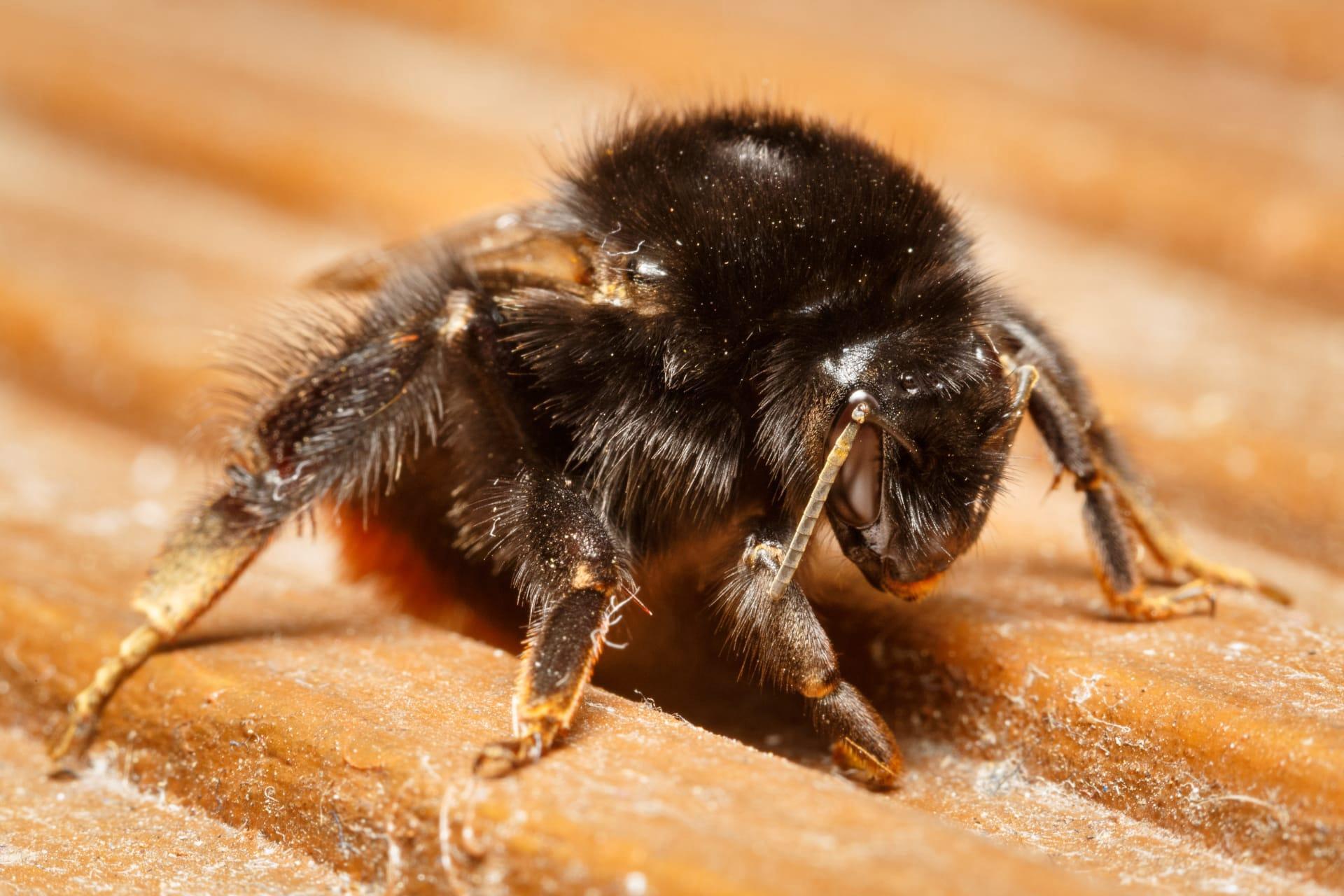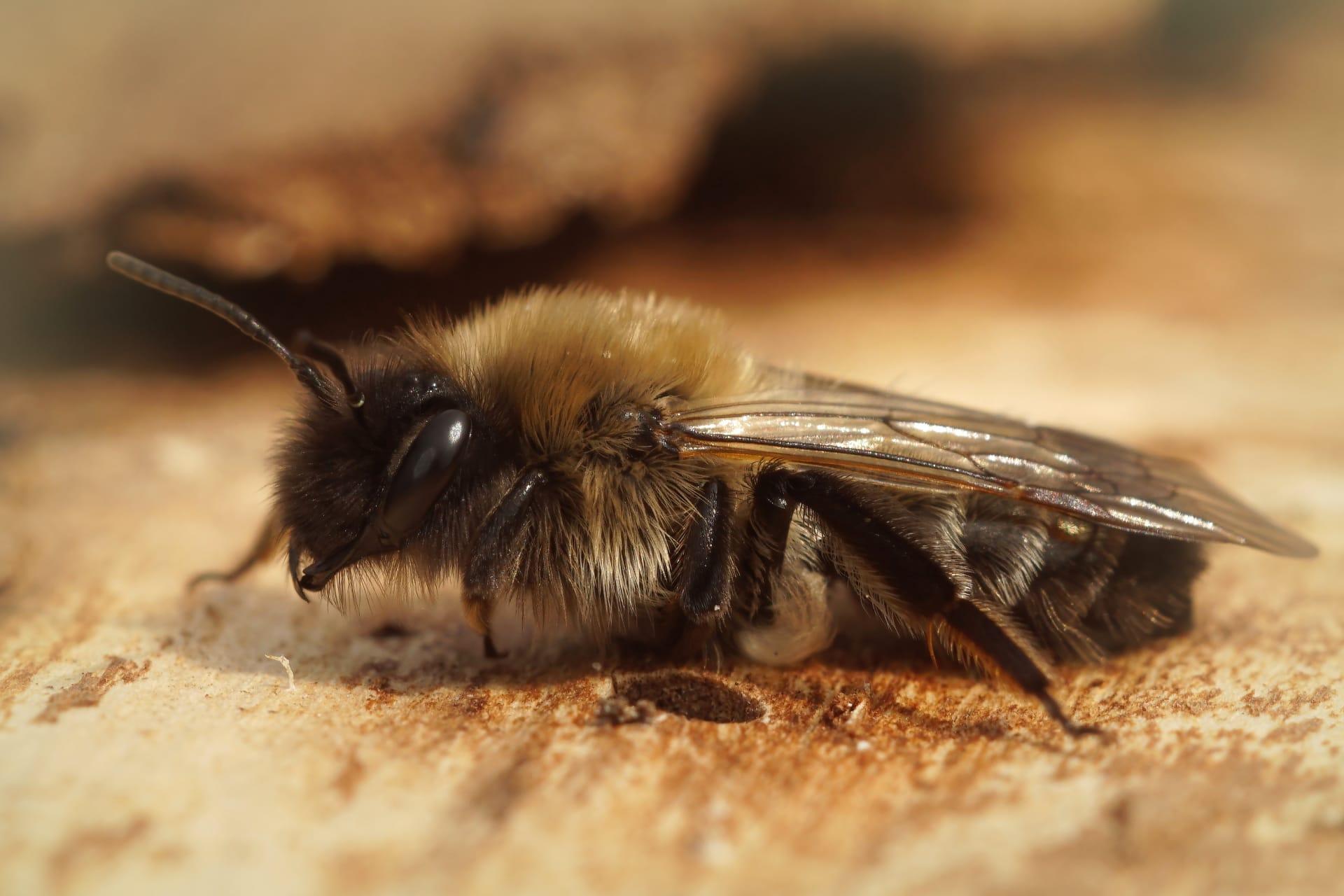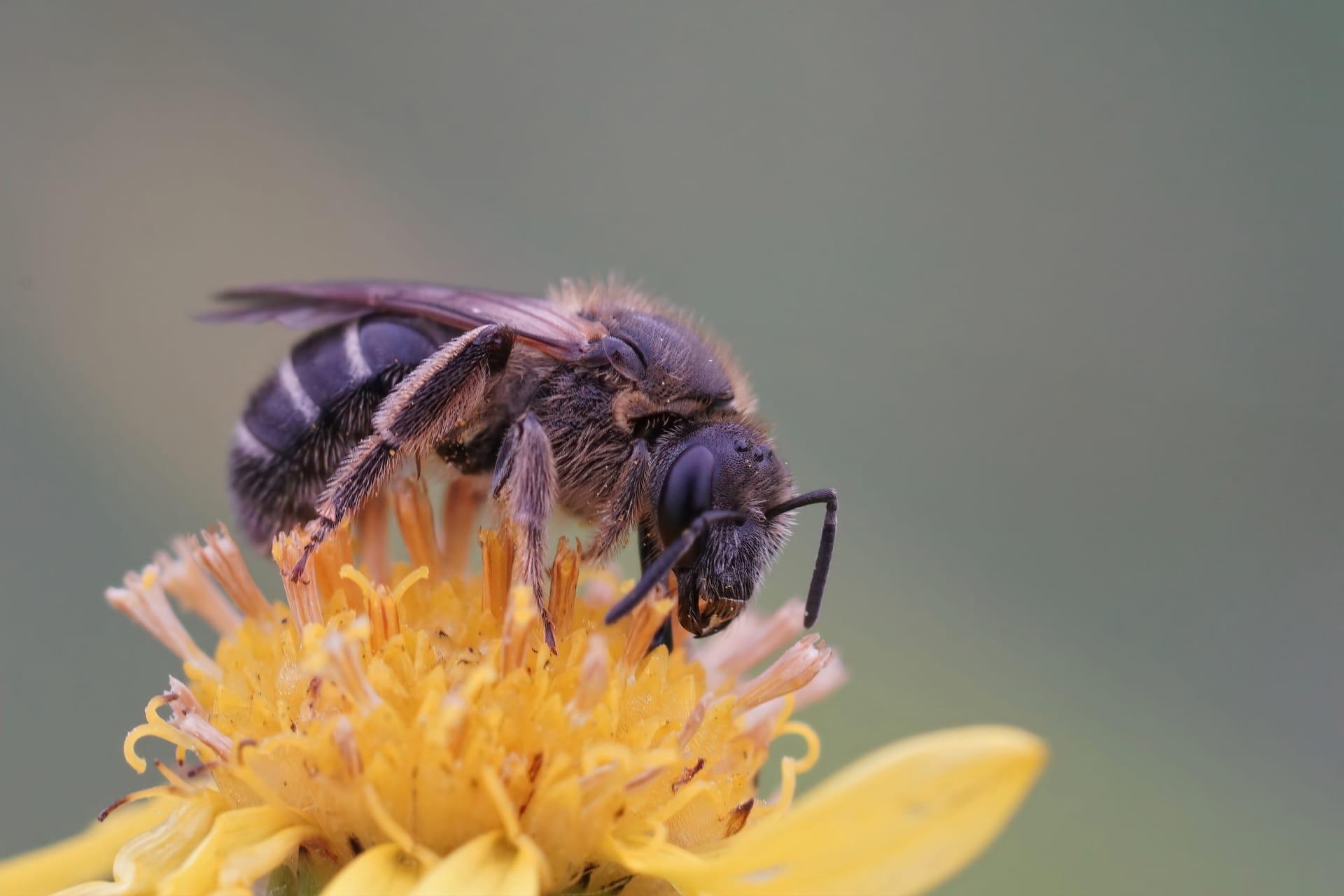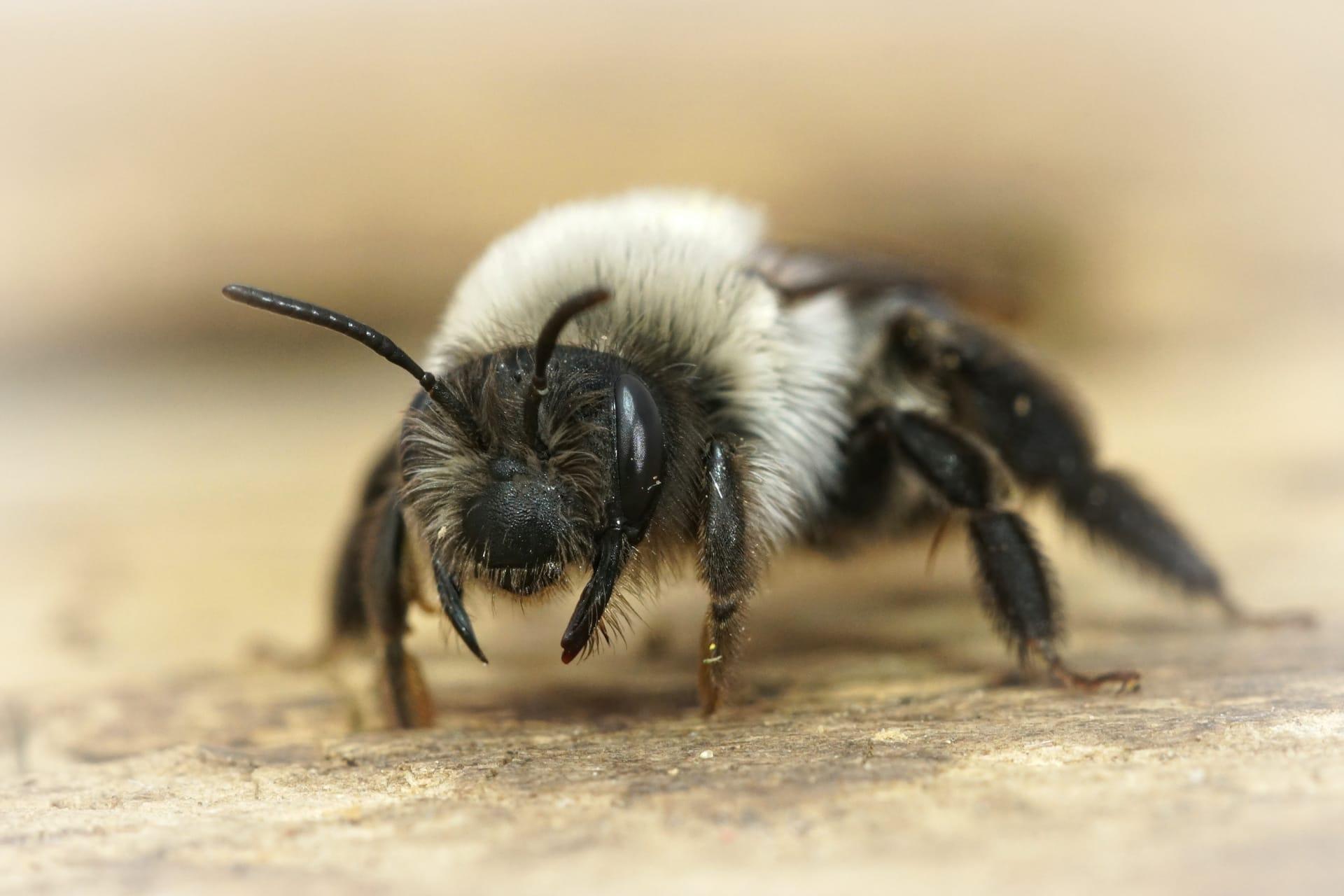Big Black Bee Characteristics
- Home /
- Mini Encyclopedia /
- Animal /
- Big Black Bee Characteristics
1
The Big Black Bee, a fascinating creature, boasts a robust body size, typically ranging from 1 to 1.5 inches (2.5 to 3.8 cm) in length. These bees present an impressive display of strength and size compared to their more commonly known relatives. With a life span that varies considerably, these bees usually live for about 1 to 2 years, depending on environmental conditions and threats from predators. The longevity of these bees is remarkable, given the often harsh conditions they face in the wild.
One of the most distinctive organs of the Big Black Bee is its mandibles. These powerful jaws are not only larger and more robust than those of other bee species but are also multifunctional. They serve as essential tools for constructing nests, fending off predators, and manipulating various materials. These mandibles can apply significant force, crucial for their survival and daily activities, making them a key feature in the Big Black Bee's anatomy.

2
Question: What makes the Big Black Bee's pollination process unique?
Answer: The Big Black Bee is known for its unique pollination technique called 'buzz pollination'. Unlike many other bee species, the Big Black Bee can vibrate their bodies at a specific frequency, causing pollen to dislodge from certain types of flowers that other bees cannot pollinate. This vibration releases pollen hidden deep within the flower's anthers, which is then collected and transported by the bee. This method is not only efficient but also crucial for the pollination of certain crops and wild plants, showcasing the Big Black Bee's vital role in diverse ecosystems.

3
When it comes to movement, the Big Black Bee is a powerful flier. Its wing muscles are exceptionally strong, allowing for rapid and agile flight. Interestingly, these bees can reach speeds of up to 15 miles per hour (24 km/h), and they can maneuver adeptly through dense vegetation. This agility is critical for escaping predators and navigating through complex environments to find food and nesting sites.
In terms of feeding habits, the Big Black Bee is primarily a nectar and pollen forager. They have a long proboscis, an elongated 'tongue', that allows them to extract nectar from flowers. This proboscis can reach deep into flowers, enabling them to access nectar sources that other insects can't. Additionally, their hairy bodies are excellent for trapping pollen, which they then carry back to their nests to feed their larvae.

4
The Big Black Bee typically inhabits wooded areas, gardens, and meadows, preferring environments rich in flowering plants. They are adaptable to a range of climates but thrive in temperate regions. These bees often choose habitats that provide ample food sources and suitable sites for nesting, which they usually create in hollow trees, old rodent burrows, or even in the ground.
Reproductively, the Big Black Bee exhibits fascinating traits. They are solitary bees, meaning each female bee independently builds and manages her nest. After mating, the female lays her eggs in individual cells within the nest, providing each with a supply of pollen and nectar. The larvae feed on these provisions until they develop into adult bees. This reproductive strategy highlights the independence and resourcefulness of these remarkable insects.

5
Book: "The World of the Big Black Bee" by Dr. Susan Langley, published in the United States in 2018. This book offers an in-depth exploration of the life and habits of Big Black Bees. Dr. Langley, an entomologist, provides a comprehensive overview of their physiology, behavior, and ecological importance. Rich in photographs and easy-to-understand descriptions, it's a great read for both bee enthusiasts and general nature lovers.
Book: "Buzz and Harmony: The Role of Big Black Bees in Our Ecosystem" by Michael Thompson, released in Canada in 2021. Thompson's work focuses on the environmental impact of Big Black Bees, particularly their role in pollination and ecosystem balance. The book combines scientific research with engaging narratives, making it an informative and enjoyable read for those interested in conservation and the vital role these bees play in our world.